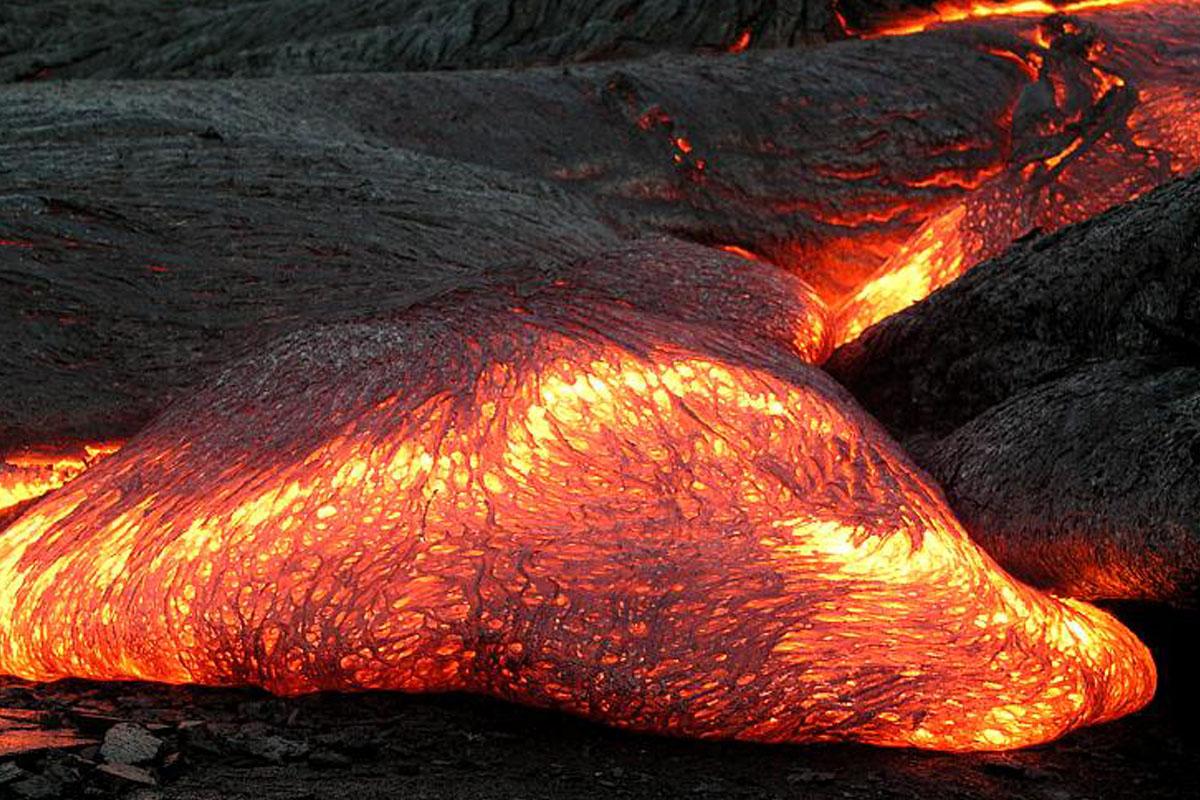Y: Hey Don, today we’re going to explain why Earth’s air contains oxygen.
D: But Yaël, we’ve talked about that already. Earth’s oxygen was made by bacteria called cyanobacteria through the chemical process they use to collect energy from sunlight: photosynthesis. Cyanobacteria take the gas carbon dioxide from the air. They use the sun’s energy to break this compound down into carbon and oxygen. They keep the carbon, and release free oxygen into the air as a waste product.
Y: Yes, but scientists still need to explain why Earth’s original atmosphere contained an oxygen compound like carbon dioxide in the first place, and why it didn’t contain other gases, called reducing gases, that would react with oxygen and remove it from the air. In 2019 a team of researchers proposed an answer based on the chemistry of Earth’s mantle.
D: But what does the Earth’s mantle have to do with the atmosphere?
Y: The researchers think that the gases that made up Earth’s original atmosphere were expelled from the interior. Early Earth’s mantle was an ocean of molten rock, called magma. In the laboratory, the researchers subjected molten rock to the extreme temperatures and pressures hundreds of kilometers deep in Earth’s mantle to understand the chemistry of this magma ocean.
They found that some of the iron combined with oxygen to form iron oxide, and some remained unoxidized metallic iron. The unoxidized iron sank into Earth’s core, leaving the mantle enriched in oxidized iron. This explains why the gases the magma released included oxygen compounds like carbon dioxide and water, and didn’t include reducing gases. That’s why the cyanobacteria could do their work of making free oxygen.










